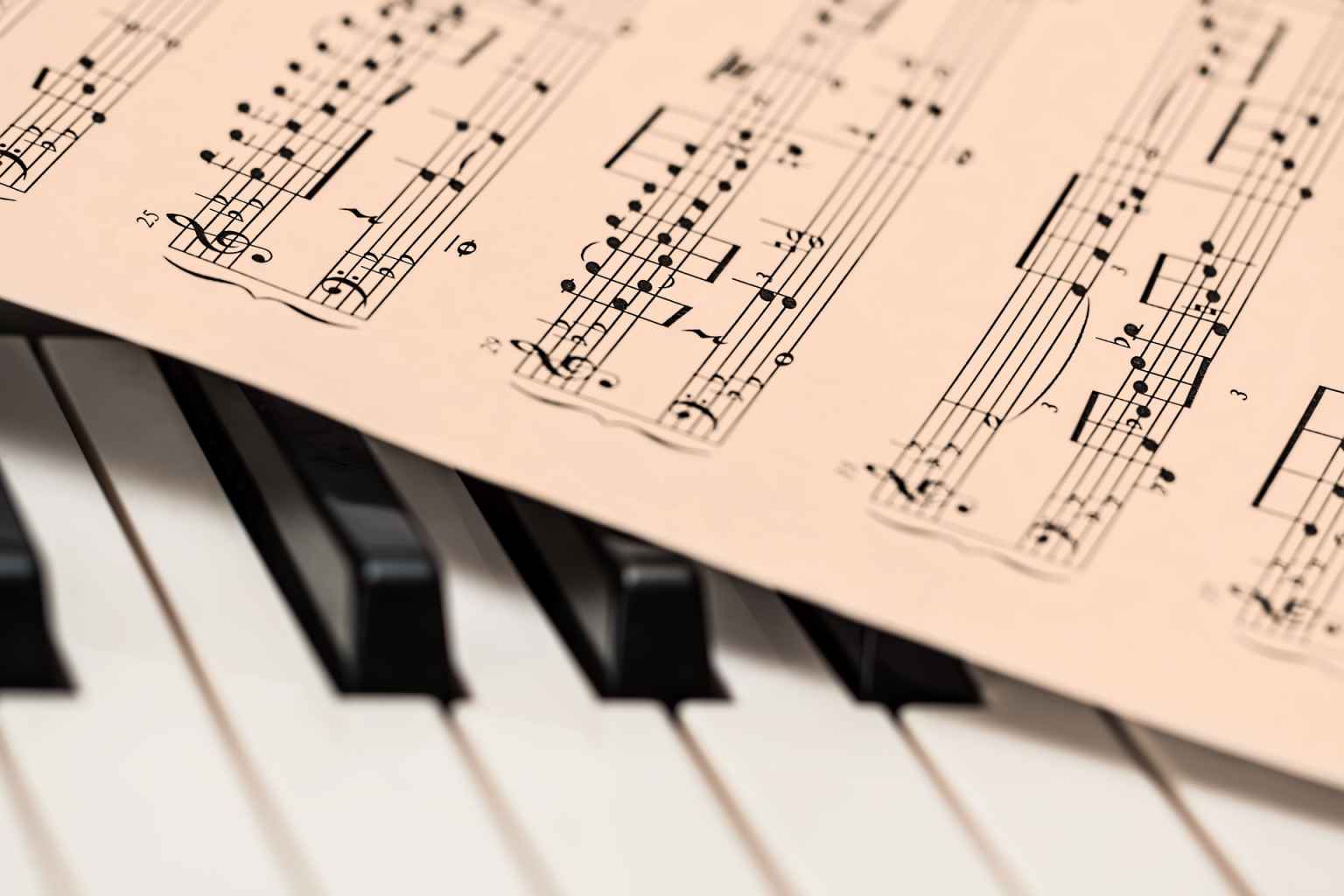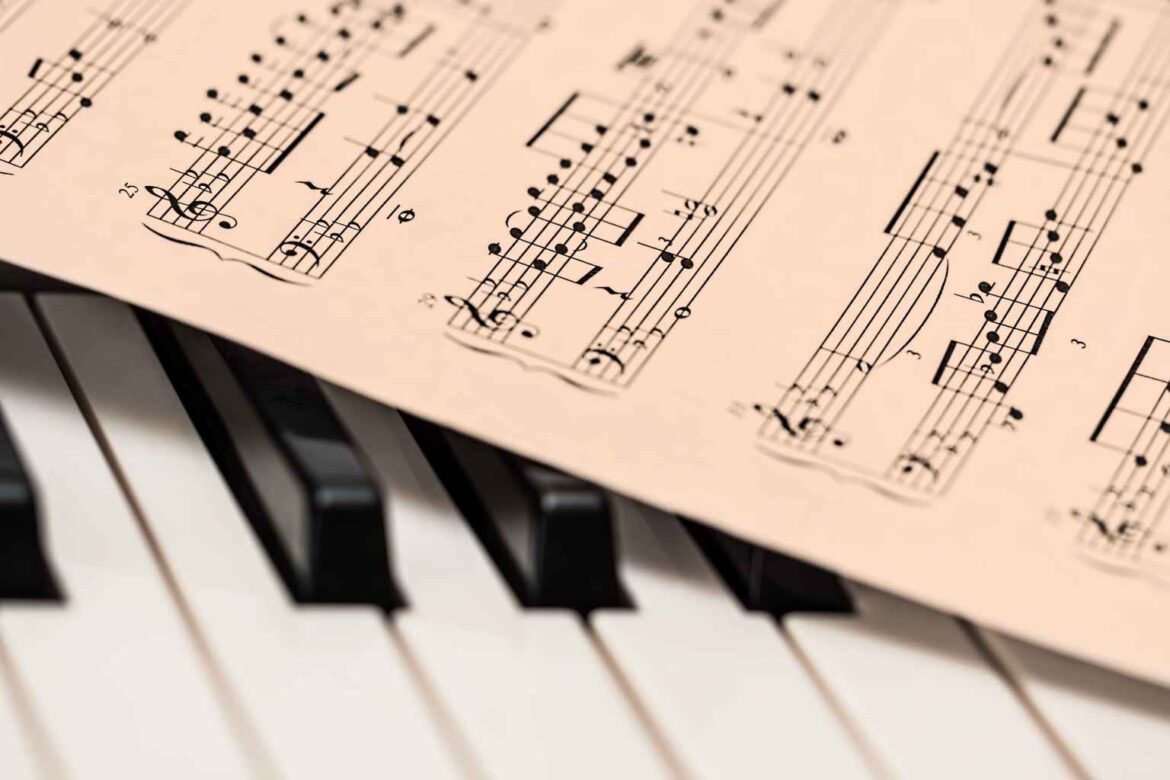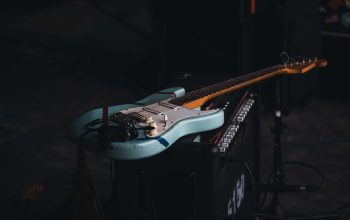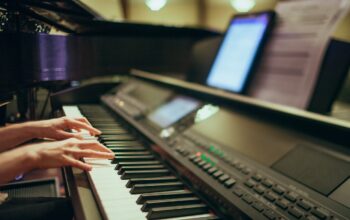Learning and playing music can benefit individuals of every age. Music employs both sides of the brain, and it can relieve stress, improve concentration while studying, and increase academic performance.

Below, let’s find out the top musical instruments students can learn to access these benefits.
Piano
This is among the most widespread instruments for music newbies. Its popularity is partly ascribed to the ease at which kids can get started on learning it. When beginners learn to play piano, they usually quickly begin with simple melodies and songs. This gives them a sense of accomplishment that results in music excitement and motivates them to build a strong practice habit.
Additionally, learning the piano provides a good foundation for learning basic music theory, scales, and reading music.
Also Read: Elevate Your Guitar Playing: Exploring Amplifier Features For Musicians
Acoustic Guitar
This is another famous instrument for rookies. Though the chores can be tricky and usually take beginners some time, students typically start playing basic instruments early. It is important to note that acoustic guitars can be learned faster than electric guitars. Another benefit of this instrument is the variety of songs they can play.
They include rock classics, classical pieces, pop hits, folk tunes, and more. This can help them capture their curiosity, making them excited about playing for family and friends.
Flute
The flute has no reed, unlike the other woodwind families like the bassoon, oboe, and clarinet. It is relatively more straightforward to learn the basics. Beyond the choir, band instruments first allow students to join an ensemble. The flute is a great choice if your child intends to build communication skills and teamwork and make new friends.
Trumpet
This brass instrument is a top choice for students who love to be cool while making some noise. Though small and easy to handle, a trumpet’s three simple keys and the mouthpiece buzz ability usually appeal to students. Trumpets are generally the focus of the brass section, so this instrument is an excellent choice for students who love to be the show’s star.
Percussion
For students who love to keep a steady beat and rhythm, percussion is a great choice. Though a drum kit could offer a steep learning curve, beginners could learn the basics of other percussion instruments like the bass drum, snare drum, xylophone, and glockenspiel. Learning percussion opens students to several instruments they can learn and play, from the cymbals to timpani and djembe.
Saxophone
This is another woodwind instrument that is beginner-friendly. The saxophone appeals to students with its easy-to-understand fingering system and clearly defined sound, which makes it universal for different genres. Students can begin with the alto saxophone, then gradually move on to others, like the tenor or baritone saxophone, or switch to other wind instruments based on their interests.
Also Read: Developing Good Practice Habits on a Digital Piano
Endnote
Learning to play musical instruments can result in faster brain development. Students can also experience improvements in self-esteem, sensory and listening development, and motor skills. The choice of musical instruments is very personal. Irrespective of their choice, there are a myriad of teachers who can pass on their knowledge.




